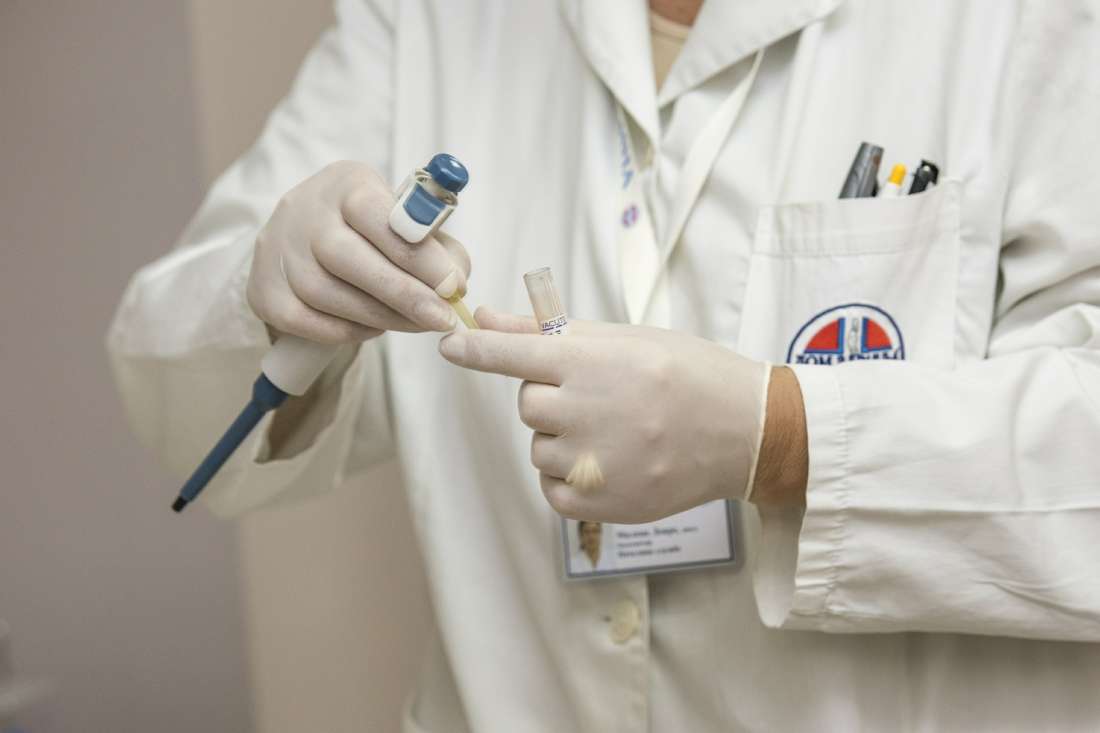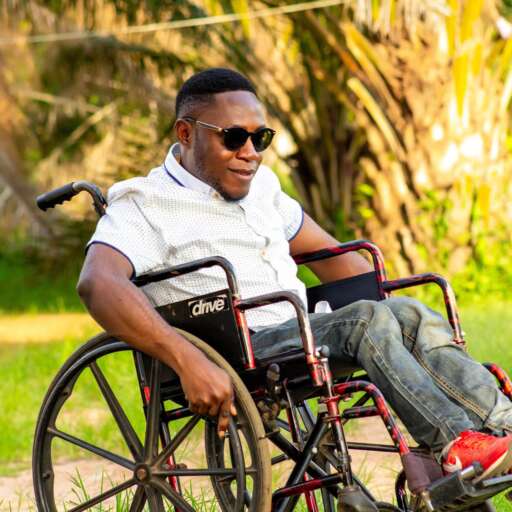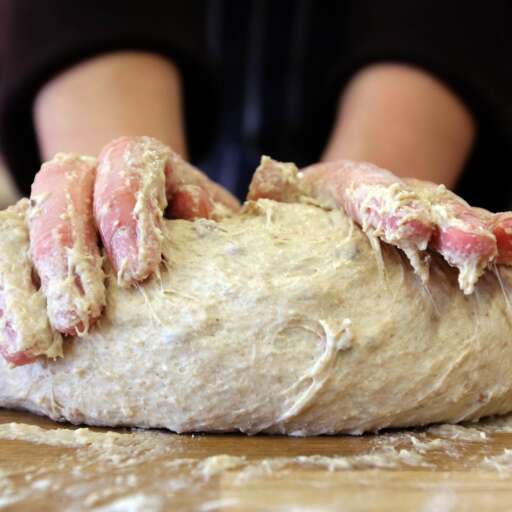
The human brain is one of the most complex organs in the planet. It’s responsible for all memories, thoughts, actions, experiences and feelings of the world. This mass of jelly-like substance contains one hundred billion nerve cells (neurons).
The complexity of connectivity between neurons is astonishing. Dr. Curtis Cripe believes Each neuron has the capacity to contact thousands or even tens of thousands of others, via tiny structures referred to as synapses. Even more breathtaking is that our brains form a million new connections every second of our lives. Every brain is unique since the patterns and strength of connections is constantly changing.
Like all vertebrae, the human brain can be categorized into three sections, the forebrain, midbrain and hindbrain. And each of these sections contains ventricles (fluid-filled cavities).
Cerebrum
This part of the brain is divided into two halves called hemispheres. Each hemisphere is divided into lobes which have varying functions.
The frontal lobes are responsible for coordinating behaviors such as judgment planning, problem-solving, motor skills and attention. They also manage impulse control and emotions.
The parietal lobes are involved in organizing as well as interpreting sensory data from other brain parts.
The temporal lobes, located on the sides of the head, control functions such as verbal memory, visual memory and interpreting the reactions and emotions of others.
Occipital lobes are located at the back of the brain. They coordinate the ability to recognize printed words and read, as well as other aspects of vision.
Cerebellum
The cerebellum is located just below the occipital lobes, at the back of the brain. It is responsible for finer motor skills, which refer to coordination finer movements, such as those involving the hands and feet. It’s also responsible for maintaining balance, equilibrium and posture.
Diencephalon
The diencephalon contains the Thalamus, Hypothalamus and Epithalamus and is located at the base of the brain.
The thalamus coordinates signals coming into the brain and is also involved in sleep, consciousness and memory.
The hypothalamus helps to maintain the balance of all body functions such as controlling appetite, physiological cycles such as the sleep-wake cycle and regulating body temperature.
The epithalamus serves as a link between the limbic system (involved with behavior, long-term memory and emotion) and other parts of the brain.
Brain stem
The brain stem is located in the front of the cerebellum and connects to the spinal cord. It consists of the midbrain, Pons and medulla oblongata. The midbrain helps to control eye movements and processes auditory and visual information.
The Pons contains groups of nerves involved in transmitting sensory information and facial movements.
Then there’s the medulla oblongata which acts as the control center for the function of the heart and lungs. It also helps to regulate bodily functions such as breathing, swallowing and sneezing.
Given the brain’s complexity, all matters involving the brain require an expert in the field.
Dr. Curtis Cripe is a neuroengineer focused on behavioral medicine. His academic and professional activities span multiple disciplines that include psychology, aerospace engineering, neuroengineering, brain injury, child neurodevelopment, programming and software development. He currently leads Research and Development for NTL Group, Inc.

